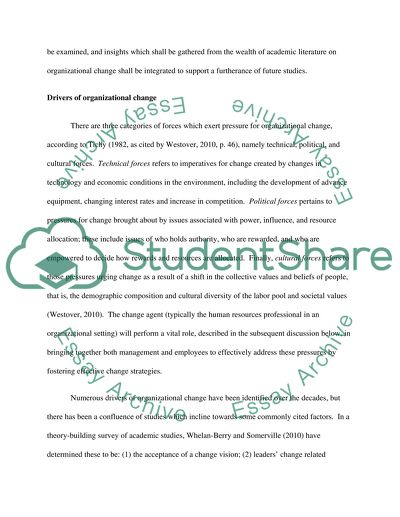Organizational Change A Literature Review Essay. Retrieved from https://studentshare.org/finance-accounting/1401416-literature-review-organizational-change
Organizational Change A Literature Review Essay. https://studentshare.org/finance-accounting/1401416-literature-review-organizational-change.


